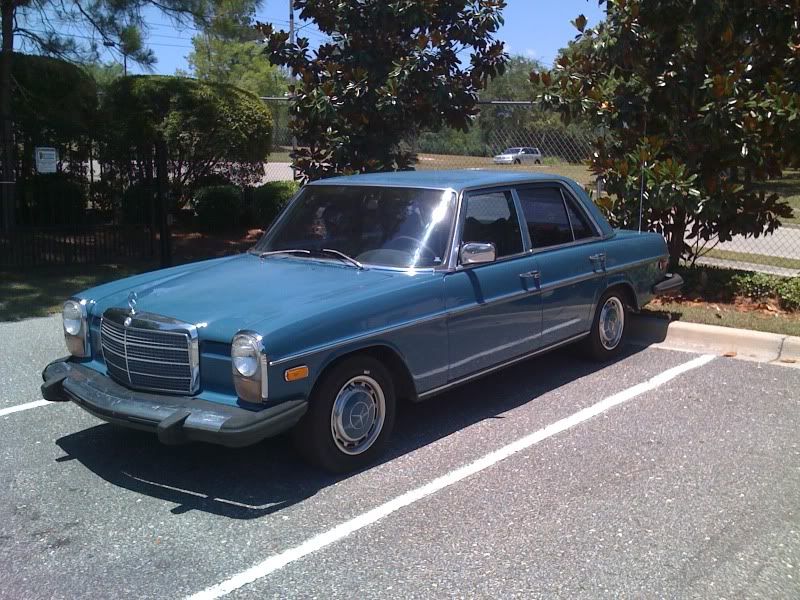No, not really. The methanol, and lye are used to make sodium methoxide, which is a catalyst in the reaction that forms the methyl ester (mono-alkyl methyl ester) that is also known as bio-diesel. There is absolutely no lye, or methanol left behind when the bio-diesel is formed. Methyl ester is a wonderful solvent in its own right!
[I'm not trying to bust your nuts, but saying that methanol and lye are used in making bio-diesel and implying that they are why bio-diesel cleans the system out, is just like saying that iron ore and coke are used in making sulfuric acid and steel, and implying that is why steel rusts...]
I am enclosing a PDF that details the process for anyone that is interested. It is dirt simple and cheap to do.
-Chuck
I was reading through the PDF that was attached to the above quote. My question is going to require an answer from someone with knowledge in chemistry, as well as electrolysis of water ( e.g. "Hydrogen on Demand" ). The PDF is very well written and easy to follow.
I am still not convinced that the HHO/Hydrogen on Demand can sufficiently replace gasoline entirely on a vehicle, but that is not the point of this post. The reason I bring it up is because after splitting the water, these folks are letting the gases flow out of a tube that is submerged in water so the gasses bubble up and then out an exit tube, this serves as a flash suppressant in the event that their engines back fire. They creatively call this portion of their system the "bubbler" (I would use separate chambers for my anode and cathode to actually get hydrogen out of one side and oxygen from the other...don't want them to recombine in the transfer tube to create water vapor).
Now, in reading the quoted PDF, it is saying that the saturation of the fatty acids affects the chemical state characteristics (solid, liquid, and gas...we'll ignore the fourth state of plasma). It states that saturation is achieved by injecting hydrogen into the oils and that the fatty acids will combine with any hydrogen it comes in contact with up to a maximum of 4 hydrogens per molecule of saturated fat. It implies that a fully saturated fat will stay in a liquid state for a better range and to lower temperatures, plus will have an increased shelf life. This is where the two technologies are meeting in my mind.
Would it be prudent to use the filtered veggie oil as a substitute for the water in the bubbler of an HHO System (assuming the HHO System is not being used on a vehicle as an alternative fuel source). My thought is that this will cause all fatty acids in the filtered oil to consistently become fully saturated prior to titration. Thoughts?
Second, is the KOH being utilized for heat (~400° when in contact with liquid water), for saturation of the fatty acids, or both? Or is it simply used to cause the glycerin to separate from the oils? I would likely try utilizing ethanol instead of methanol, simply because I intend on making ethanol at home anyway....I haven't figured out how to effectively make methanol yet.
Another note that the PDF does not mention. Anytime you are working with Lye, keep a couple gallons of white vinegar nearby. If you get any Lye on your skin, flush heavily with the vinegar first, THEN flush heavily with water. Lye reacts violently with water causing more severe burns, the white vinegar neutralizes the reaction. (My other half makes soaps, which also uses KOH). Keep the vinegar out of your eyes and flush externally only... For obvious reasons.



